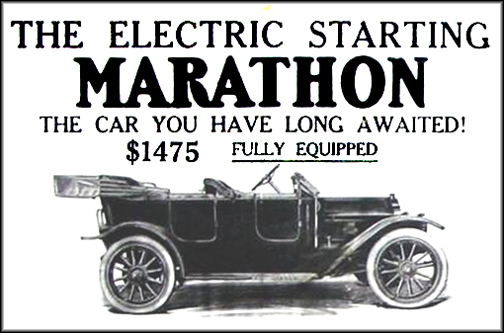It was bound to happen – the first automobile wreck in Johnson City. According to Dorothy Hamill, former writer for the Johnson City Press-Chronicle, the incident occurred in 1913 and drew a crowd of curious onlookers much like a collision produces today.
Car accidents were an infrequent happening back then because there weren’t that many automobiles motoring along city streets. Instead the primary means of conveyance were an electrically powered trolley system and horse-drawn carriages and wagons.
Fortunately, a photographer who arrived at the scene of the wreck snapped a picture of the overturned vehicle and had some photograph postcards made from it. Picture postcard service was available to the public allowing residents to send messages on a postcard with a personal photo on the front of it. Hamill interviewed Walter R. Allison who lived at 1105 Grover Street, a brother of the car’s owner. He was certain that this was the first wreck in Johnson City. He originally possessed one of the photographs, but later lost it.
Walter, who retired in 1954 after 50 years with the ET&WNC railroad, related the particulars that led up to the mishap. He was one of four brothers who were railroaders and the only one surviving at the time of Hamill’s interview. Francis was a master mechanic and superintendent of ET&WNC; Arthur was an engineer who ran the first passenger train through this area; and Ernest Jr., the youngest of the siblings, was a fireman.
Ernest acquired one of the first automobiles in Johnson City. He was working out west on the Texas and Pacific Railroad when the engine he was firing hit a damaged section on the tracks and flipped on its side, leaving him with several broken ribs. Walter said his brother was young and wanted to get rich quick so he sued the railroad to compensate him for his injuries.
After the court awarded him $4,500, he returned to Johnson City and purchased a Marathon automobile for about $1500. Marathon Motor Works of Nashville, Tennessee, known for its quality and durability from 1907 to 1914, manufactured the vehicle.

The impressive looking black automobile was open on the sides, had 36-inch wooden spoke wheels; a battery located on the running board; and a fabric top, which folded back like the covering of a buggy. Side curtains were held in large pockets beside the door. Whenever it rained, the driver had to fasten the curtains to keep his passengers dry. The auto held up to seven passengers because of two side seats in the rear that could be pulled out for extra riders.
The impressive looking Marathon afforded Ernest a moneymaking opportunity – a taxi service that operated from Johnson City to and fromElizabethton and Jonesboro (Jonesborough). At that time, these were about the only fully passable roads in the area. Ernest ran a good business since he had the only taxi service in town. He charged $3 for a trip to or from either neighboring town.
On one eventful December day, Ernest was driving several passengers to Elizabethton. The road then went through Milligan College back of the present highway. Allison was rolling along at 25-mph, which was as fast as his vehicle would travel. Suddenly, he skidded in some loose gravel close to an embankment, lost control and overturned. Fortunately, no one was seriously hurt.
After the mishap, Ernest decided to abandon his business venture and return to the western portion of the country where he had previously resided. He remained there until his death.
If anyone has a photograph of the overturned car, please send a copy of it to Brad Jolly at the Johnson City Press for inclusion on the History/Heritage page. Hopefully, one still exists.
